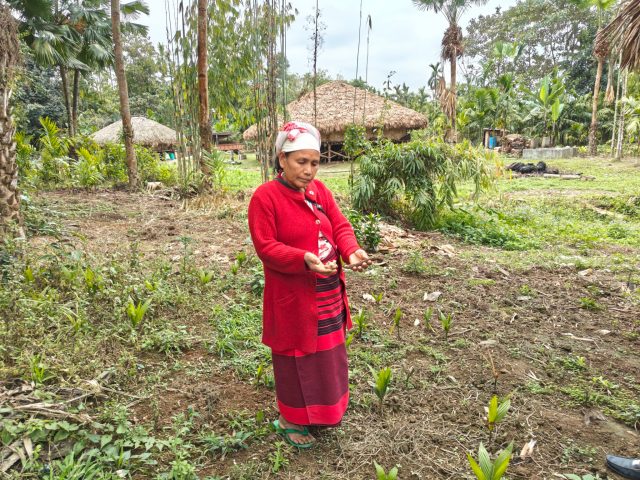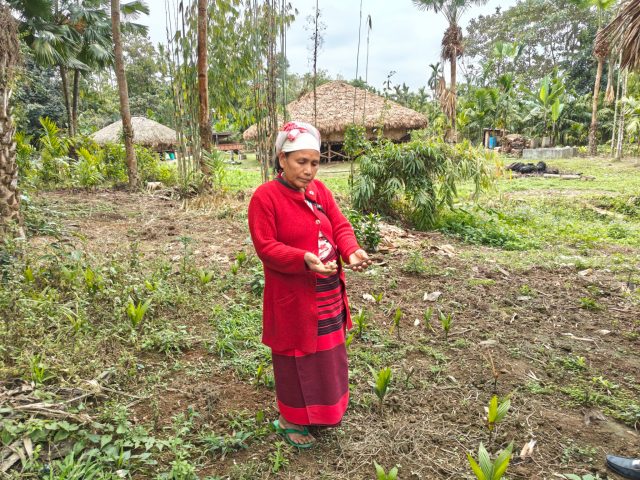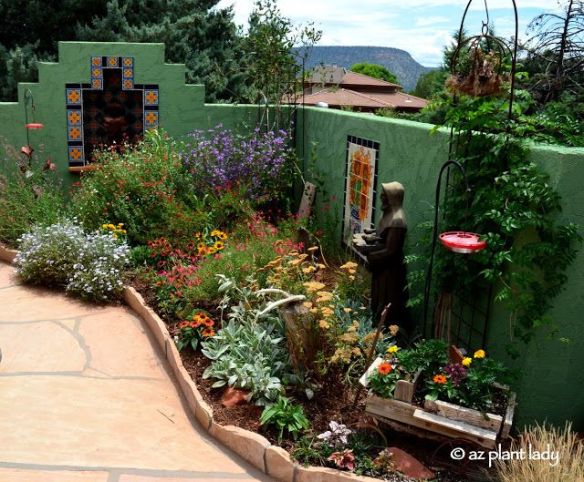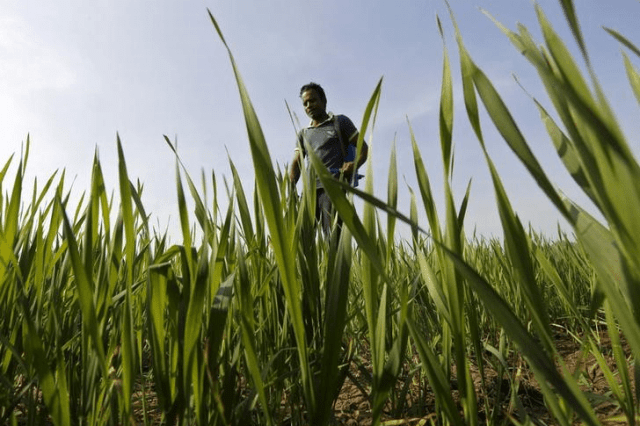
Dust Bowl Dreams: Protecting Heirloom Seeds in a Time of Drought
The sun beats down, relentless and unforgiving, on the parched earth of our Southwest gardens. For generations, we’ve coaxed life from this land, relying on the wisdom of our ancestors and the resilience of heirloom seeds passed down through careful hands. These open-pollinated varieties, adapted to our unique microclimates, are more than just seeds; they're a living link to our history, a testament to our ability to thrive in the face of adversity. But this year, a shadow hangs over our sun-drenched gardens: the relentless drought, and its potential impact on the very seeds that sustain us. Are we facing a future where our beloved heirloom varieties become a distant memory?
The drought in key seed-producing regions of the Southwest is creating a ripple effect that threatens the availability of heirloom seeds for the upcoming growing season. Many farmers and seed savers are reporting significantly reduced yields and even complete crop failures. This isn’t just a theoretical concern; it's a tangible threat to the biodiversity of our gardens and the food security of our communities.
The Problem: Drought and the Decline of Heirloom Seed Harvests
The Southwest is no stranger to dry spells, but the current drought, intensified by climate change, is pushing the limits of even the most drought-hardy varieties. Regions that typically serve as crucial seed-producing hubs are struggling. According to a recent report by the Seed Savers Exchange, "Growers throughout the Southwest have reported greatly reduced yields and difficulty in seed production because of extreme temperatures and lack of water. We expect this drought to greatly affect seed availability for the coming year. “
Certain heirloom varieties are particularly vulnerable. For example, some of the older, open-pollinated tomato varieties like ‘Cherokee Purple’ and ‘Brandywine’, while beloved for their flavor, can be susceptible to blossom-end rot and reduced fruit set under extreme heat and water stress. Many of the older bean varieties, particularly those not specifically adapted to arid conditions, are also at risk. Similarly, certain heirloom squash varieties that rely on ample moisture during their development may face significant yield reductions.

The impact extends beyond just individual gardens. Commercial seed companies that rely on these regional growers for their heirloom seed stocks are also facing shortages. This means that the seeds available in catalogs and online retailers may be scarcer and potentially more expensive.
Practical Solutions: Adapting and Overcoming
While the challenges are significant, homesteaders are, by nature, resourceful and resilient. There are several practical steps we can take to mitigate the impact of the drought and ensure the survival of our beloved heirloom varieties:
Seed Saving Strategies for Drought-Resistant Varieties: Focus your seed-saving efforts on varieties that have proven their resilience in your specific microclimate. Select plants that show the best drought tolerance, disease resistance, and overall vigor, even under stress. Prioritize varieties like 'Tepary Beans', certain 'Zuni' squash varieties, and drought-tolerant tomato strains. Carefully document your observations and pass this knowledge on to others.
Building Relationships with Local Seed Savers and Networks: One of the most effective ways to ensure seed security is to connect with other gardeners and seed savers in your region. Local seed saving networks and exchanges offer opportunities to share seeds, knowledge, and resources. These networks foster community resilience and help preserve locally adapted varieties.
Exploring Alternative Seed Sources: If your usual seed suppliers are facing shortages, explore alternative sources. Reputable online suppliers specializing in heirloom and open-pollinated seeds can be a good option. Be sure to research the supplier's reputation and ensure that they source their seeds responsibly. Seed swaps, both in-person and online, can also be a valuable way to acquire new varieties and connect with other gardeners.
Adjusting Planting Schedules and Techniques: Adapt your planting schedule to take advantage of any available moisture. Consider planting earlier in the spring or later in the fall to avoid the peak heat of summer. Use water conservation techniques such as mulching, drip irrigation, and rainwater harvesting to maximize water use efficiency.

Focus on Soil Health: Healthy soil is more resilient to drought. Improve your soil's water-holding capacity by adding organic matter such as compost, aged manure, and cover crops. Avoid tilling, which can disrupt soil structure and increase water loss. Healthy soil promotes strong root growth, allowing plants to access deeper water reserves.
Fostering Community Resilience: Stories of Adaptation
Across the Southwest, homesteaders and small farmers are already adapting to drought conditions and preserving heirloom seeds. In New Mexico, the organization 'Seeds of Change' works with local farmers to promote seed saving and sustainable agriculture practices. They emphasize the importance of preserving traditional varieties that are well-adapted to the region's climate. Similarly, many indigenous communities across the Southwest have maintained traditional seed-saving practices for centuries, ensuring the survival of culturally significant varieties.

These stories highlight the importance of community collaboration and the power of local knowledge. By sharing our experiences and resources, we can build a more resilient food system and ensure the survival of our beloved heirloom seeds.
A Call to Action: Share Your Strategies
What strategies are you using to cope with the drought and preserve heirloom seeds in your garden? Share your tips, insights, and resources in the comments section below. Let's learn from each other and build a stronger, more resilient homesteading community.
How are you saving heirloom seeds during a drought in the Southwest?
The Enduring Spirit of the Homesteader
The drought presents a significant challenge to our way of life, but it also offers an opportunity to reaffirm our commitment to sustainability, community, and the preservation of our agricultural heritage. By embracing innovative techniques, fostering collaboration, and honoring the wisdom of our ancestors, we can overcome this adversity and ensure that our sun-drenched gardens continue to thrive for generations to come. The homesteading spirit is one of resilience, ingenuity, and an unwavering connection to the land. Let us draw upon these qualities to navigate this challenging time and emerge stronger, more resourceful, and more united than ever before. The seeds we save today will nourish our communities tomorrow.